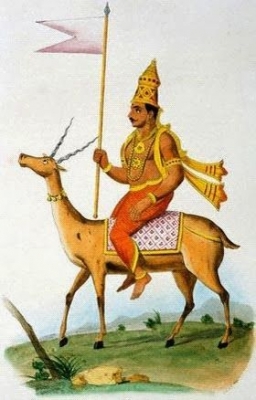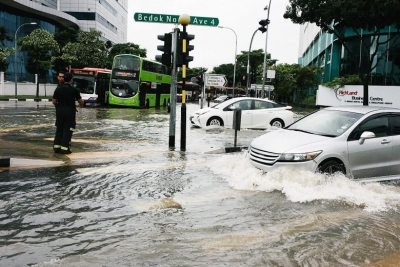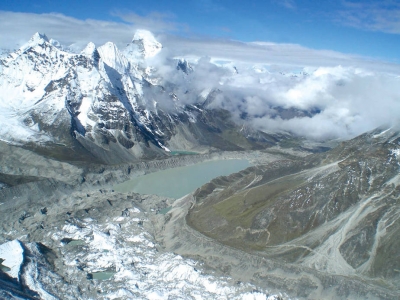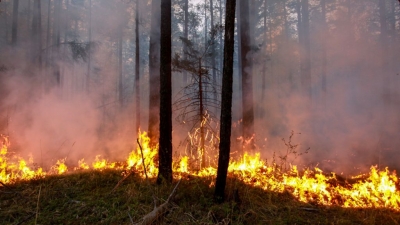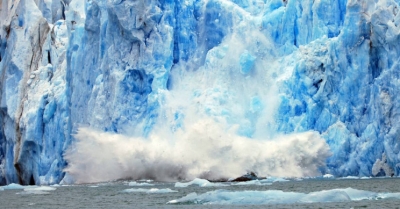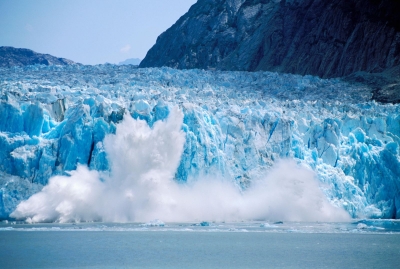Sapphire and Ruby are two impure forms of which mineral?
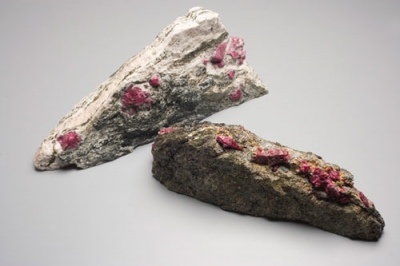
Most people don't realize that ruby and sapphire are both gems of the mineral corundum. Both of these gemstones have the same chemical composition and the same mineral structure. Trace amounts of impurities determine if gem corundum will be a brilliant red ruby or a beautiful blue sapphire.
Ruby and sapphire both serve as modern birthstones. Ruby is the birthstone for the month of July. Sapphire is the birthstone for the month of September. Synthetic gems are often used in birthstone jewelry to save on costs.
Rubies are gem corundums with a dominant red color. The color can range from orangy red to purplish red or brownish red. The most desirable color range is a pure vibrant red to a slightly purplish red.
Trace amounts of iron and titanium can produce a blue color in corundum. Blue corundums are known as "sapphires." The name "sapphire" is used for corundums that range from a very light blue to a very dark blue color. The blue can range from a greenish blue to violetish blue. Gems with a rich blue to violetish blue color are the most desirable.
Picture Credit : Google

